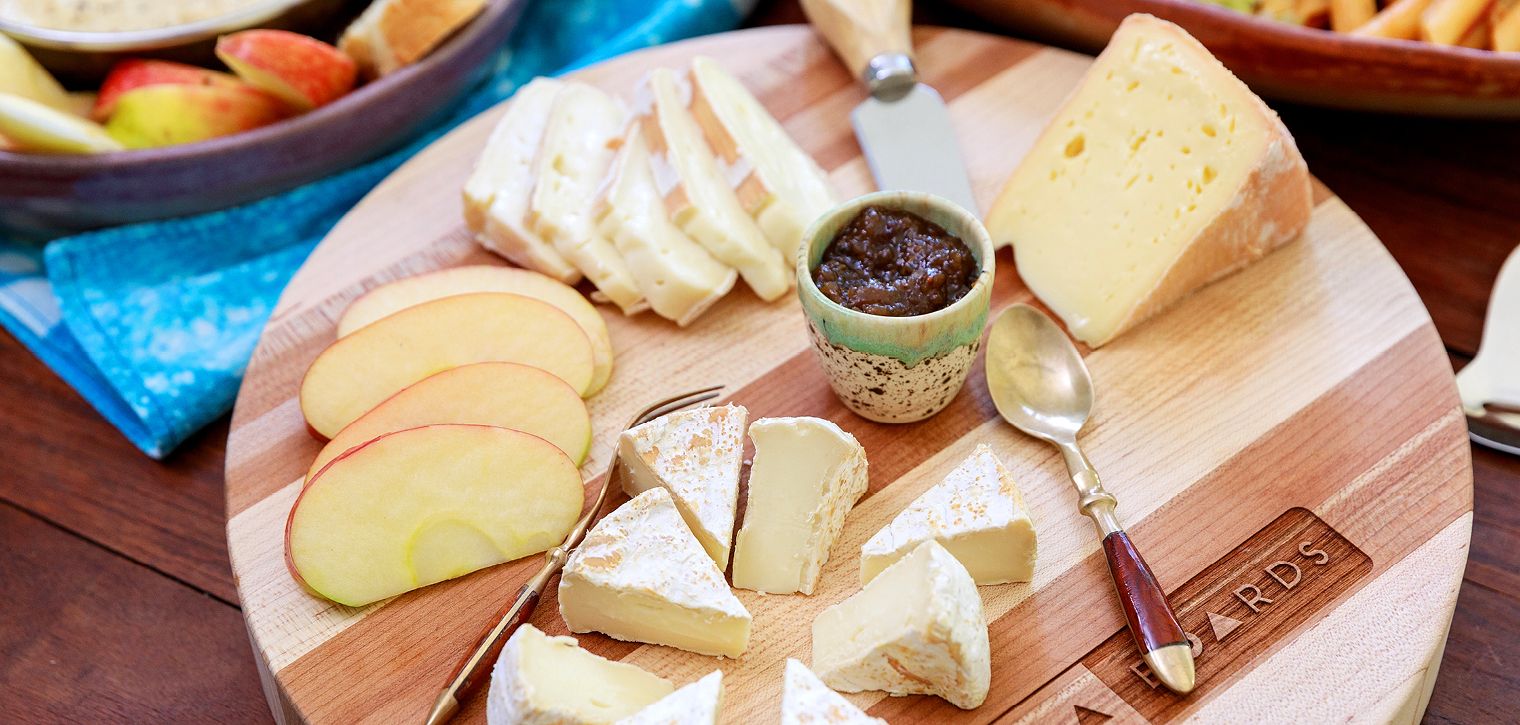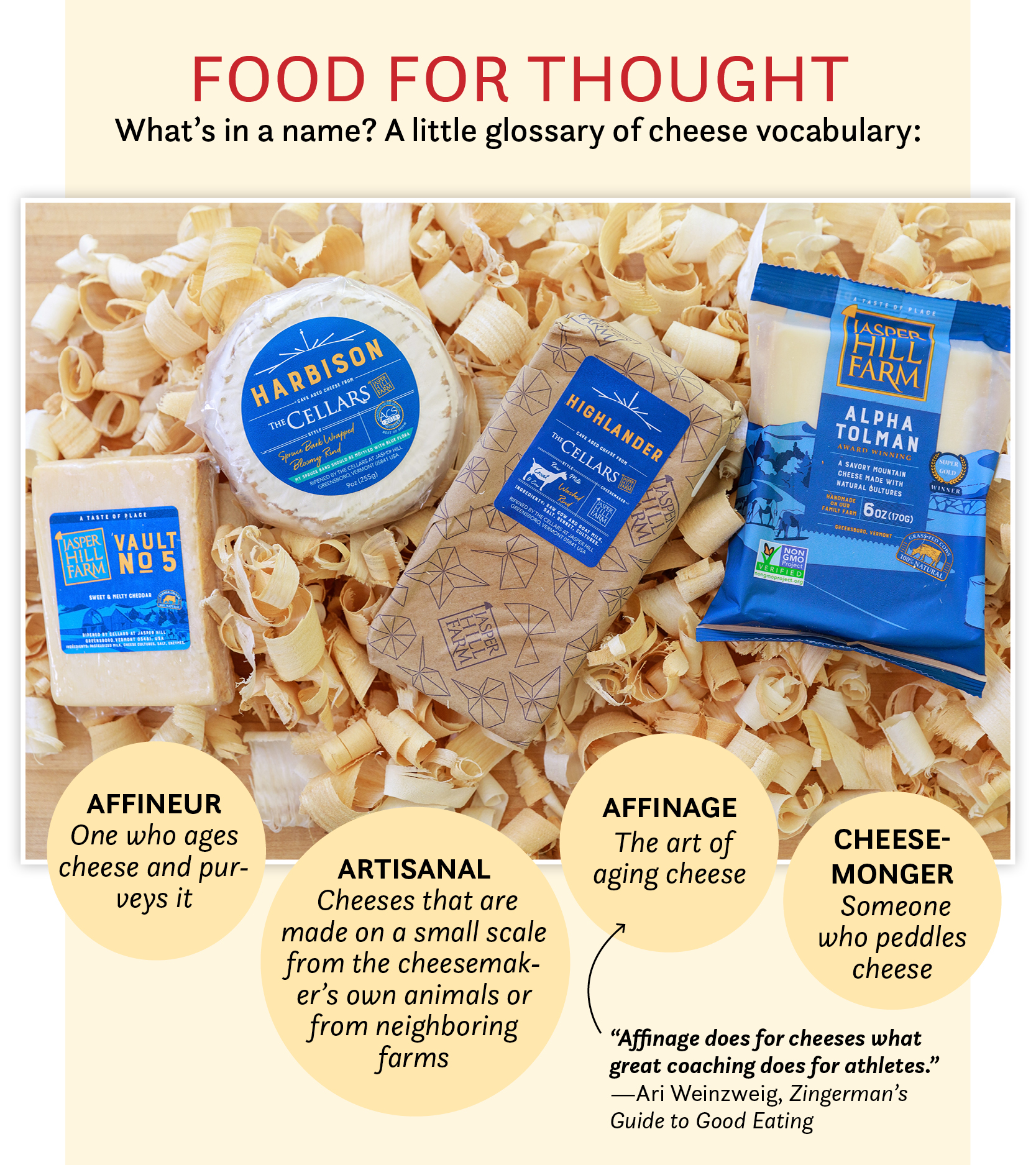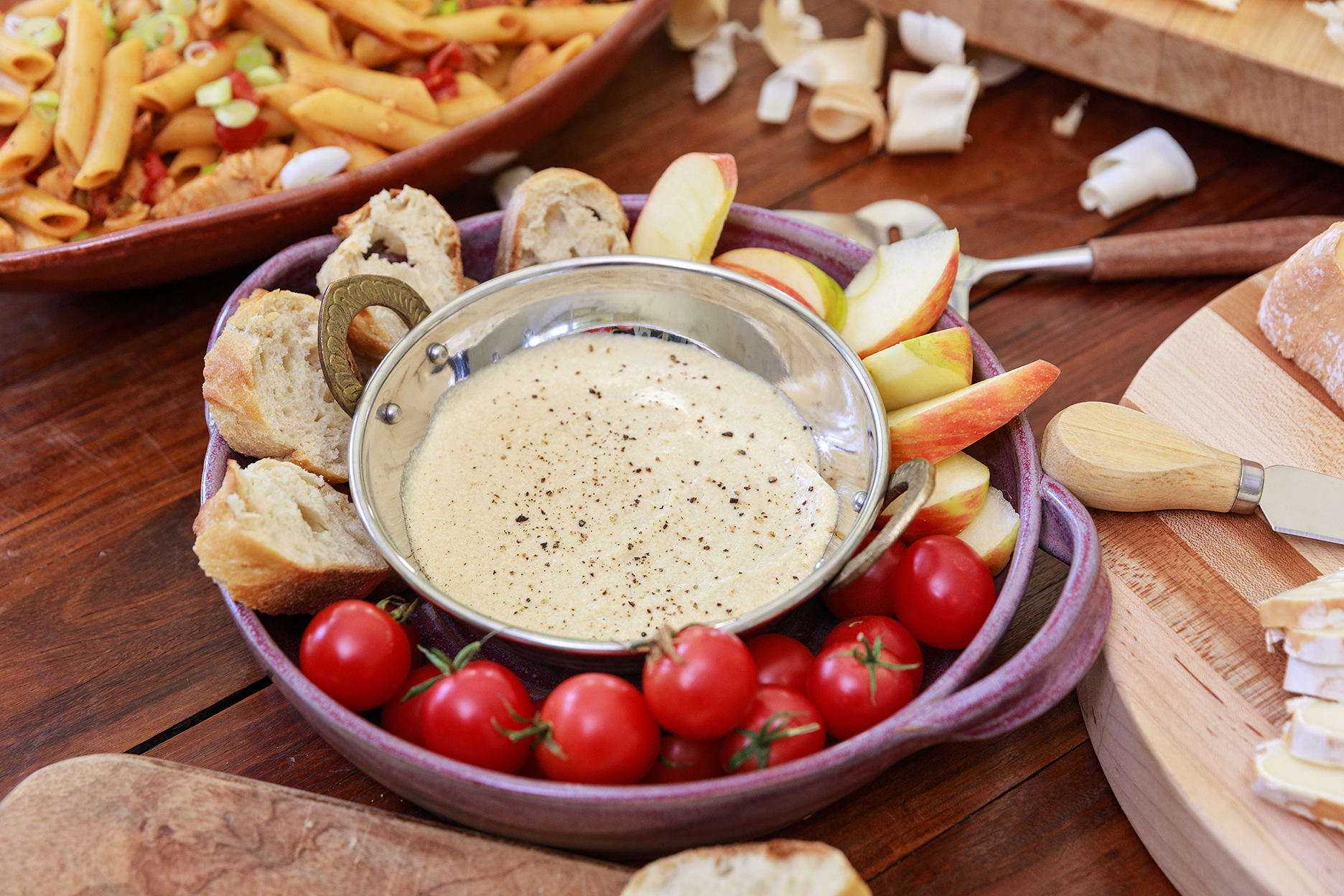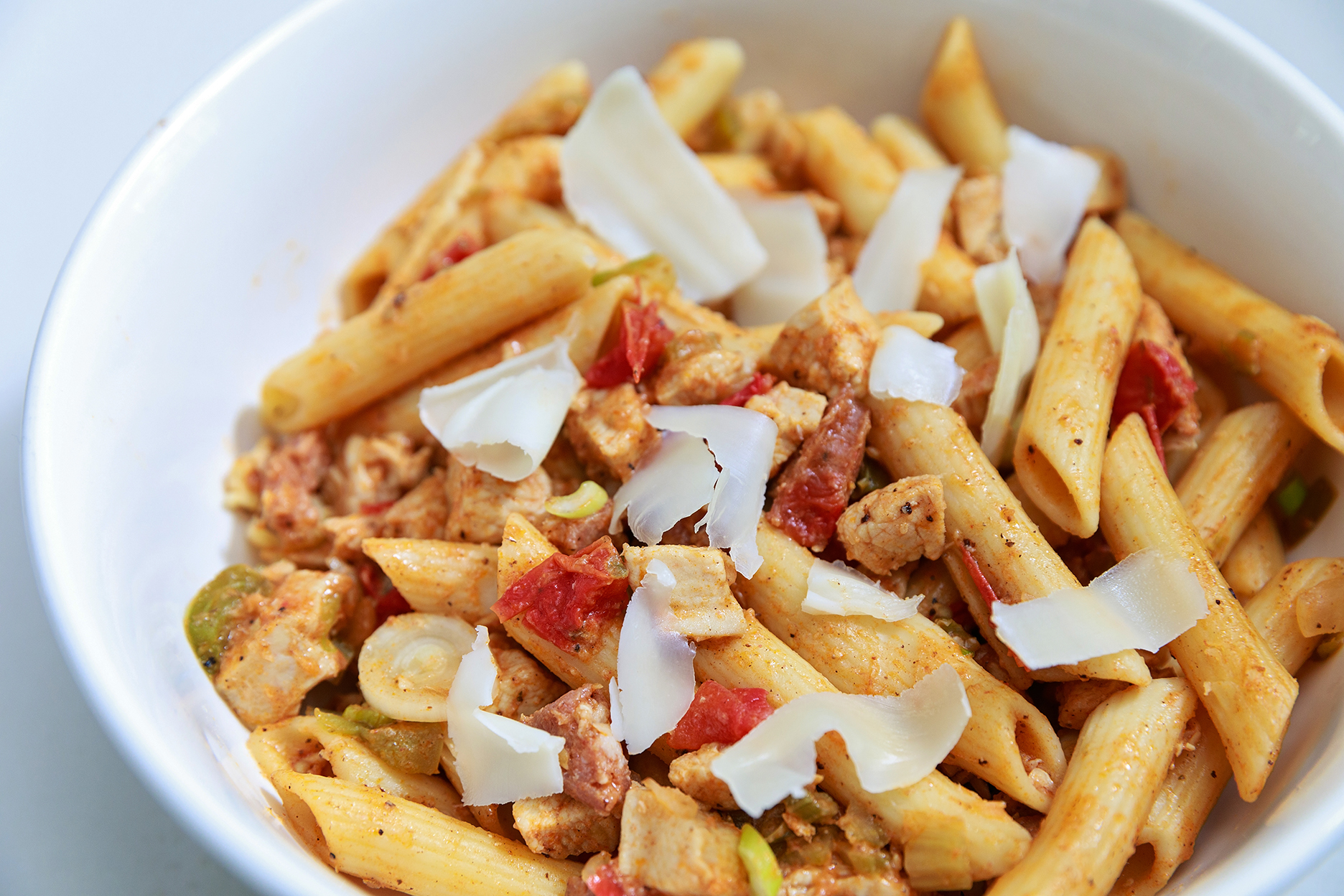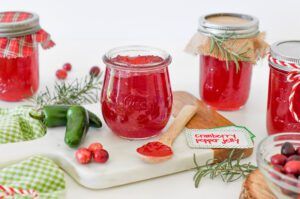A farm-fresh look at American cheese
Eating local is my daily devotion. When I set out for my weekly groceries, it’s farmers market first. An equally important philosophy is shaking the hand that feeds me. When my daughter Emma apprenticed at a farm in Vermont this summer and shipped me a box of artisan American cheeses she had a hand in making, it was Christmas in September. Though the cheeses aren’t local to me, they are made by people who I’ve met on farms where the breeze brushed past my face. Fresh milk from cows and goats is transformed into luscious parcels of creamy, nutty, mind-bending goodness by a team of talented cheesemakers and affineurs—more on this later.
Jasper Hill Farm in Greensboro, Vermont, is one of several sites collaborating with the Anne Saxelby Legacy Fund to host monthlong paid apprenticeships for young adults to spark their interest in sustainable agriculture and create change in their communities. I learned about Anne Saxelby when she passed away at the age of 40 in 2021. A pioneer of artisan American cheeses who networked with small dairy farmers and big city chefs and founder of Saxelby Cheesemongers in Manhattan, Saxelby’s mission was cut short. Her family and extended community of supporters are continuing her legacy with the apprenticeship program, and my lucky daughter, a recent LSU graduate, was in the first class of apprentices.
This fascinating adventure was advertised in a newsletter that hits my inbox every week, Good Food Jobs, and is the sort of thing that made me wish I was 22. I suggested it to Emma and, to my delight, she decided to apply. Two hundred applicants filled 33 spots on farms peppered around the country. On the Anne Saxelby Legacy Fund Instagram, a post from April 2, 2022, sends tremendous thanks to the inspiring applicants and the university professors who took time to write thoughtful references. For this we thank Dr. Sabrina Taylor from the LSU School of Renewable Natural Resources, who didn’t hesitate to refer Emma for the big cheese experience.
Now that my literal inbox is overflowing with an abundance of exquisite cheeses, it’s time to share the love and head to the kitchen to tinker and savor. I’ll take a page from Anne Saxelby’s fun book The New Rules of Cheese and make her beer cheese with a splash of local Tin Roof Blonde. Any time a hostess gift is in order, I’ll whip up a batch and pack it in a cute jar with the recipe and some seasonal fruit. Emma and her housemate apprentices Evie and Sage created a recipe booklet for their final project that includes a taste of Louisiana in Emma’s honor, pastalaya. Once upon a time, Jasper Hill Farm made andouille sausage, and when the girls discovered a couple of links in their freezer, they had a crowd-pleasing pasta dish showered with cheese from the farm. I followed their recipe and give it rave reviews, even if I’ve broken any Louisiana cooking laws.
Another page from Saxelby’s book: Cheese is culture, history and art. Perhaps it’s the most delicious form of all three. When we think of American cheese, it’s often that plastic-wrapped orange slice that melts on command. Think again to cows that graze on grass and hay, cute bleating goats, and the many hands that churn their flavorful milk into works of edible art.
And my No. 1 cheese rule from my book Counter Intelligence:
Grate your own cheese. Grating your own cheese is fun and easy. A simple box grater is all you need. I count a dozen grating devices in my tiny kitchen. Pre-grated cheese might be convenient, but most varieties are coated in a type of cellulose that keeps the shreds or crumbs from sticking together, and who wants to eat that?!
While I rarely mail-order perishable food, being the recipient of a giant box of artisan cheeses was a day maker (a month maker, really! They will last me many weeks with enduring memories). I was happy to find the cheese packed with reusable freezer packs that double as garden fertilizer and nestled in a bed of wood shavings that will mulch my citrus trees. Not a speck of Styrofoam in sight, which was an unexpected bonus.
Anne Saxelby’s Beer Cheese
Adapted from Taste of Home
Ingredients:
1 lb. cheese, preferably a sharp, firm, aged cheese (I used Jasper Hill Vault 5 Cheddar)
1 Tbsp. Worcestershire sauce
1 ½ tsp. spicy whole-grain mustard
1 garlic clove, halved
Generous pinch salt
Pinch freshly ground black pepper
2⁄3 cup beer (I used Tin Roof Blonde)
Grate cheese using the large holes of a box grater. Transfer grated cheese to a food processor with blade, and drizzle in Worcestershire and mustard, then drop in garlic, salt and pepper. Pulse a few times to blend. Scrape sides of workbowl and, with the machine running, pour beer in through feed tube. Blend until smooth. Transfer to a serving bowl or a couple of jars for gifting. Serve immediately or refrigerate for up to 1 week.
Note: While this is typically served as a chilled or room temperature spread that’s great with pretzels, baguette and apple slices, Emma and her friends made it as a hot fondue-style dip. Combine all ingredients in a small saucepan and stir over medium-low heat until melty and smooth.
Makes 1 generous pound.
Pastalaya in Vermont
A tip of the hat from Vermont to the trinity and Louisiana spice




